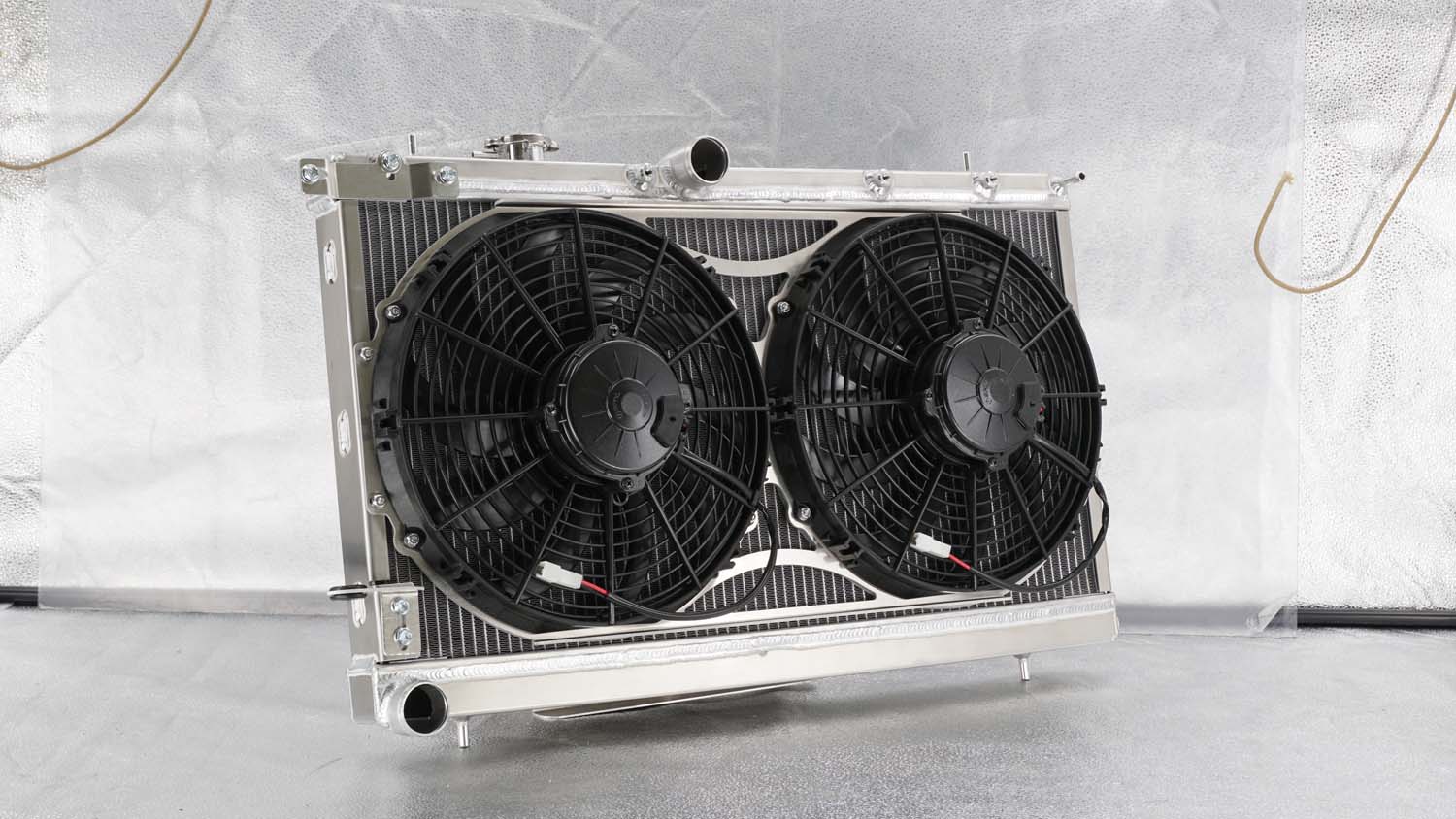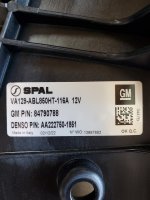I have been thinking about running the FPM module by Gene Kook aka Widget Man.
The benefit to the FPM over the Spal smart sensor is user selected temps. Spal has pre set temp ranges and sensors are $250 so if you pick the wrong temp or want to try a different temp you need a new sensor.
The FPM can be set wherever you want high and low. The Module is around $70. It can use any temp sensor.
Problem is the learning curve. The FPM instructions are overwhelming. I hope to dumb this down.
My plan is to use the common Autometer 2258/2259 sensors either with a guage or without. I don’t want to use factory sensors or locations even though I can. That multiplies options and instructions.
I am only using non oem Spal fans which is a matter of toggle switch setting which is fairly straightforward.
Also linked is a good write up on fans and controllers.
High performance brushless fan retrofit conversions for high performance cars. Brushless cooling fan controllers. PWM.
www.240turbo.com



